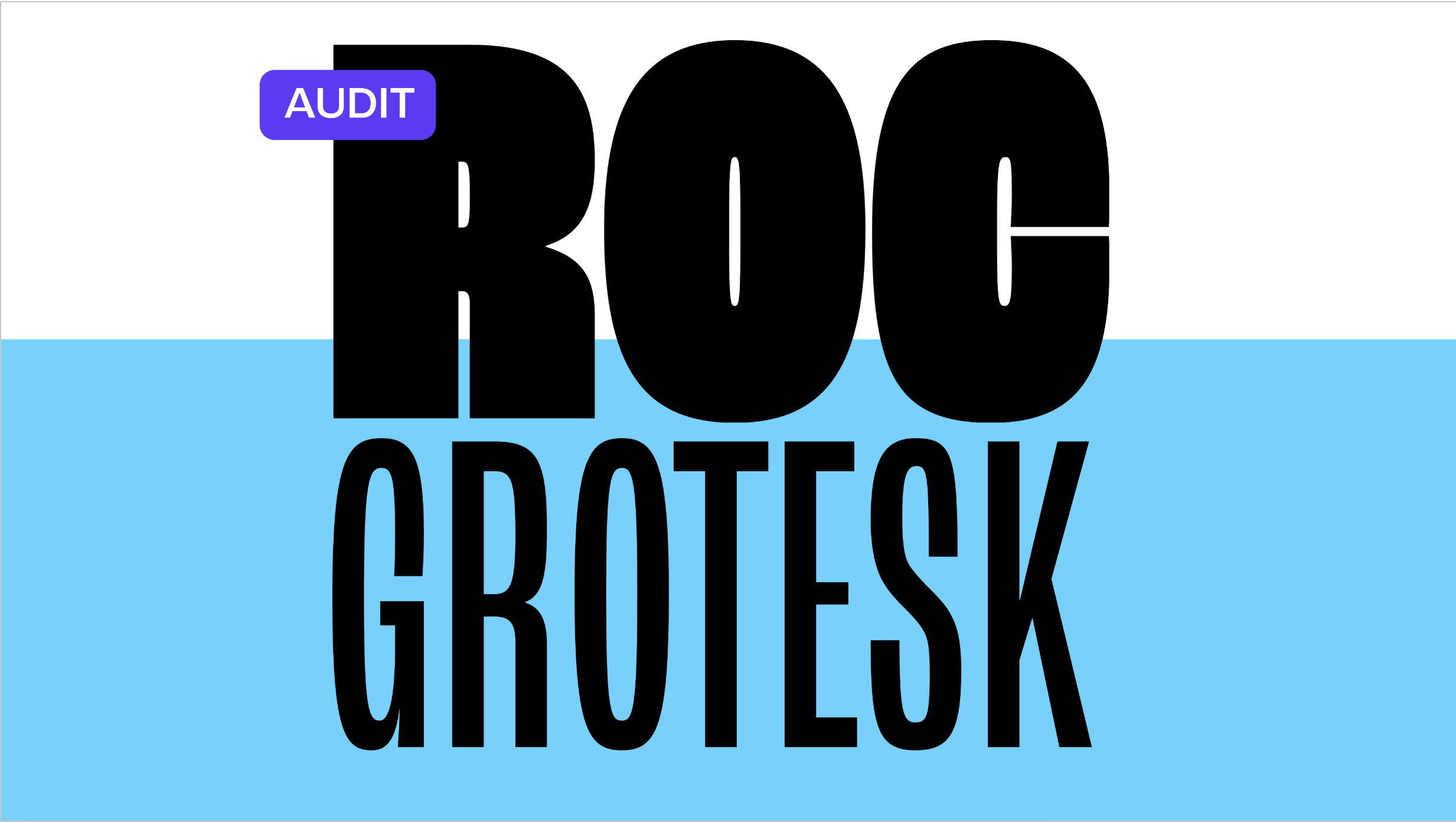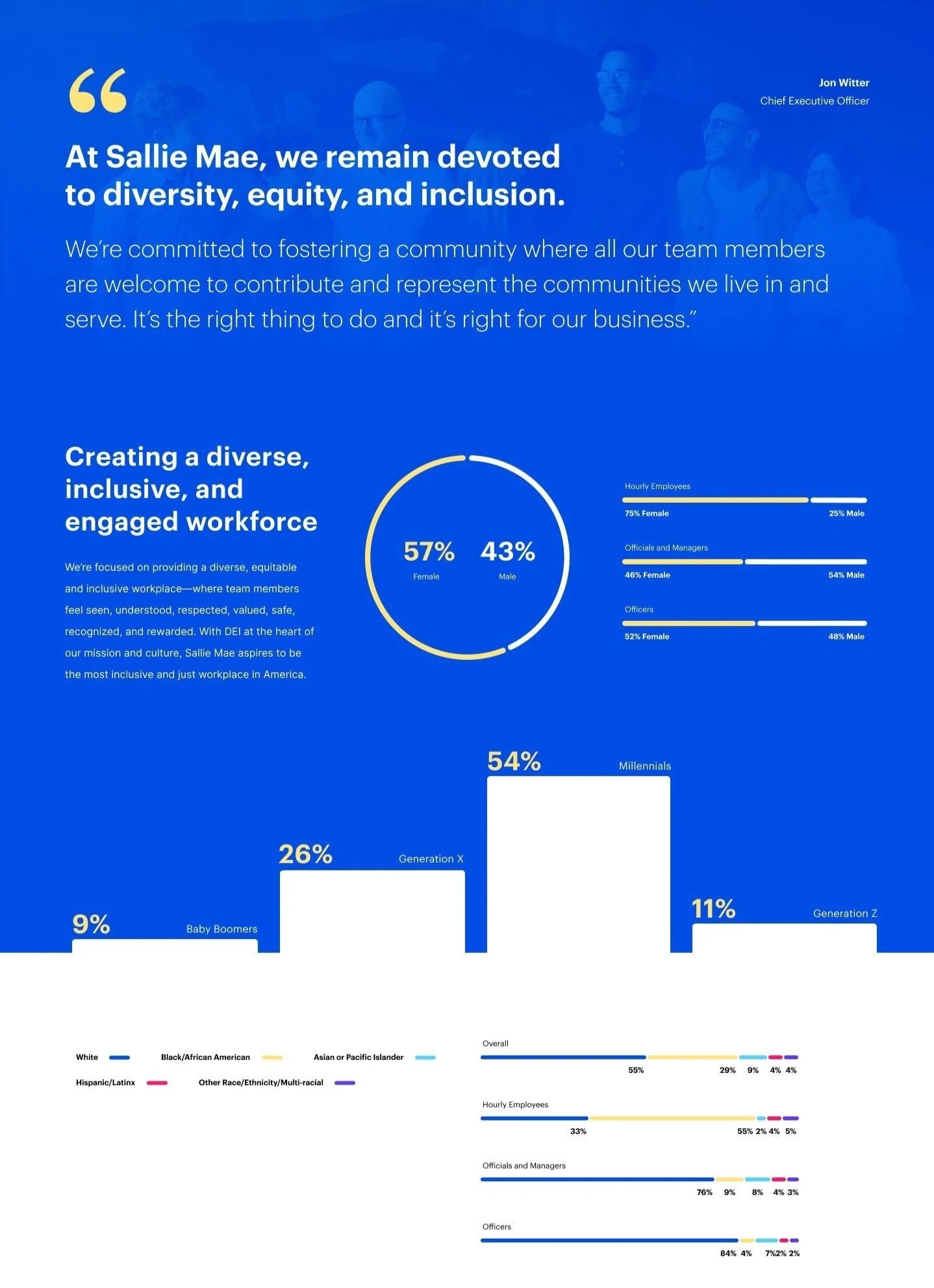Design Systems
Library design systems are essential because they offer a structured framework that ensures consistency, efficiency, and scalability across various design projects. By standardizing components, patterns, and guidelines, these systems streamline the design process, reduce redundancy, and enhance collaboration among teams. This not only improves the user experience by maintaining uniformity but also accelerates development and facilitates easier updates, ultimately leading to a more cohesive and effective digital presence.
All my work at Sallie Mae is closely linked to the design system, which underpins every project from inception to completion. Each project begins with a single concept and progresses through idea development, flow, insights, testing, UX, UI, visual design, and production. Utilizing the atomic design system, this living, dynamic library supports all digital initiatives for Sallie Mae, both now and in the future.
Color Audit
Color is crucial in design systems because it significantly influences user perception, brand identity, and overall usability. Consistent use of color helps establish a cohesive visual language, making interfaces more intuitive and accessible. It reinforces brand recognition and evokes specific emotional responses, enhancing user engagement. Additionally, color differentiation aids in organizing information, guiding users through interactions, and improving readability.
By thoughtfully integrating color into design systems, designers create more effective, user-friendly, and visually appealing experiences.
Typography Audit
Typography is vital in design systems because it directly impacts readability, user experience, and brand identity. Consistent use of typefaces, fonts, and styles ensures that text is legible and accessible across various devices and platforms, enhancing overall usability. Typography also plays a key role in conveying brand personality and tone, reinforcing the visual identity and creating a cohesive aesthetic.
By standardizing typographic elements, design systems promote clarity, guide user interactions, and maintain a uniform look and feel, contributing to a more professional and engaging user experience.
Mood Boards
Moodboards are essential because they visually capture and communicate the essence of a design concept, setting a clear direction for creative projects. By consolidating colors, textures, typography, and imagery, moodboards help align team members and stakeholders on a unified vision. They serve as a valuable reference tool throughout the design process, ensuring consistency and coherence while providing a tangible representation of abstract ideas.
This clarity fosters more effective collaboration and helps prevent deviations from the intended aesthetic.
Outcomes
A design system, fully compliant with ADA standards (AA), tokenized with CSS, is implemented across multiple products, screens, and technology stacks to ensure a seamless and cohesive experience throughout the customer journey.














